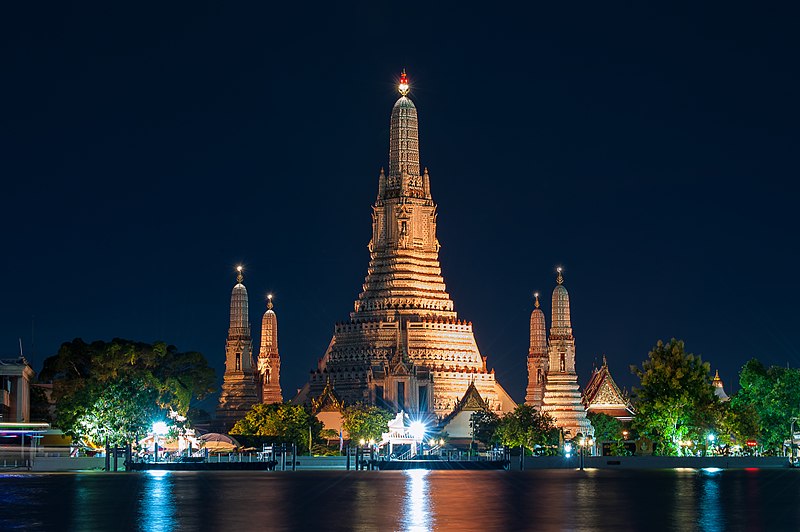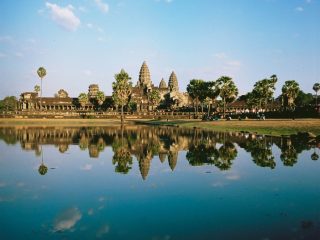Rising above the landscape surrounding the Chao Phraya River in Bangkok, Wat Arun (or Temple of Dawn) is a magnificent landmark temple in the Thai capital. Read on to find out more about this enthralling attraction that’s a favourite amongst photographers and Instagrammers the world over!

Planning a Visit
This temple can be found on the Chao Phraya River’s west bank; it can be seen when using river taxis, going on cruises, or enjoying longtail boat canal tours offered by properties such as Avani+ Riverside Bangkok Hotel. Those based at such a hotel in Riverside Bangkok can also easily visit Wat Arun which can be reached from the Saphan Taksin Boat Pier or the Tien Pier cross-river ferry. If you want to avoid the crowds, head to this site early in the morning, but viewing the temple at sunset is a must too!
Part of the City’s History
The origins of Wat Arun go back to the 18th century; in 1768, following the destruction of the nation’s then capital, Ayutthaya, by the Burmese, King Taksin is said to have come to this area at dawn. Here, he caught sight of a local temple / shrine and took it as a sign of being the place where the new capital should be established. He constructed a grand temple at this site and named it Wat Chaeng (or Wat Arun) which translates to the Temple of Dawn.
The Central Spire
Amongst the most striking elements of the temple is its awe-inspiring central spire that seems to reach for the sky. Reaching a height of around 82 metres it has a design one would associate with Cambodia’s Khmer Empire. The construction of this spire began during the reign of King Rama II in the 19th century but it was subsequently completed when King Rama III was on the throne. Apart from its impressive height, this structure is also adorned with Chinese porcelain and coloured glass which are used to form intricate patterns and mosaics.
Other Highlights
While Wat Arun remains one of the most photographed temples in Bangkok, don’t forget to explore the temple compound as well. Amongst the highlights here is a fascinating Ordination Hall where one can see captivating murals of Prince Siddhartha’s (who later became the Buddha) life as well as a golden Buddha image. You can also get a view of the central sphere from the ground and at its base, one will find sculptures depicting animals and Chinese soldiers. Since this is a place of worship, remember to dress conservatively covering bare shoulders and legs.











